MAXXI
MAXXI, the National Museum of Arts of the XXI Century, is a cultural and exhibition campus in Rome, Italy, dedicated to contemporary arts and architecture.
The arrival of MAXXI, the only work by Zaha Hadid to be built in Italy, marks Rome’s abandonment of the age of innocence as a city immune to the onrush of modern architecture – and a step towards a future that is well overdue. As Rome begins to change from the eternal city into a splendid modern metropolis, it becomes a place where past and future meet in an architecture that is polyphonic in its language and creative in its lifestyles.
MAXXI is the result of an international competition launched in 1998 by the Ministry of Heritage and Culture for construction of a new center for contemporary arts. The museum complex is located in the area of the former Montello barracks, in the Flaminio district. The winning project, developed by the Anglo-Iraqi architect Zaha Hadid, is based on two conceptual polarities: the early professional language of Hadid linked to Russian Suprematism and a peculiar interpretation of the rationalist code in the form of an interweaving and overlapping space system that connects the museum routes organically with the urban context.
The project has two key architectural elements: architectural cement walls that define the neutral look of the exhibition galleries and configure the network of modular flows, and a glass ceiling, designed to interact with and diffuse natural light.
During construction of MAXXI, Calcestruzzi operated a dedicated plant within the construction site, which made it possible to optimise production and quickly meet specific requests by both the contractors (Italiana Costruzioni S.p.A. and SAC S.p.A.) and the builder (Ministry of Heritage and Culture).
Three challenges had to be overcome along the way: the need to have impressive curved architectural structures without any defects, the need to eliminate the joints typical of concrete blocks (explicitly requested by Zaha Hadid), and the need to solve problems relating to concrete curing once the formwork had been removed. The solution that satisfied all of these needs was developed at ENCO laboratories under the supervision of Prof. Mario Collepardi and at the research and innovation center of Italcementi (now HeidelbergCement). The new product created for the Italian building scene was a cement containing three additives that guarantee a cement that is simultaneously self-compacting, self-compressing, and adequately self-curing. The mix flowability fostered the compaction process without requiring vibration.
HeidelbergCement’s subsidiary Calcestruzzi delivered 50,000 m3 ready-mixed concrete for the project.
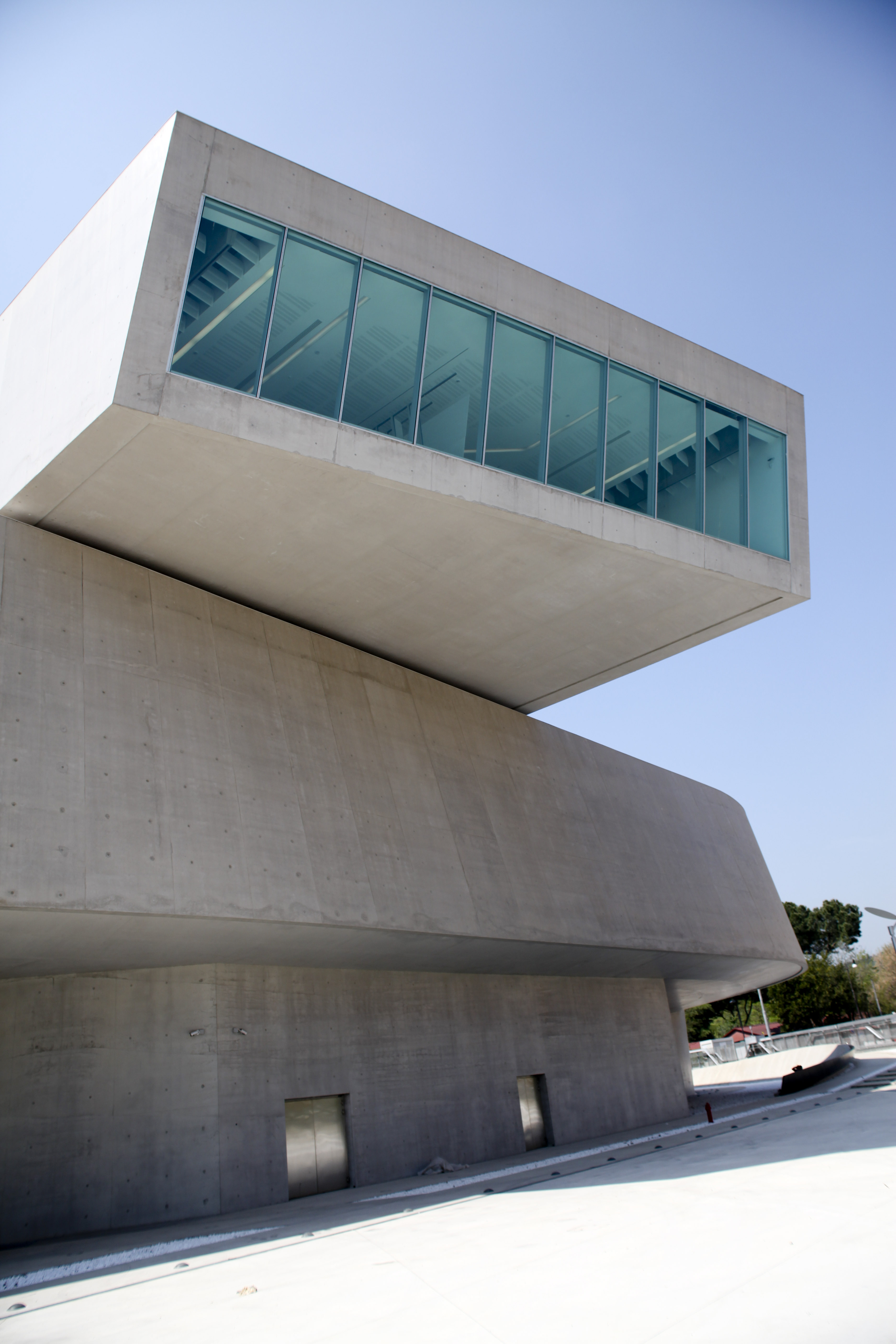
MAXXI, Italy. MAXXI, the National Museum of Arts of the XXI Century, is a cultural and exhibition campus in Rome, Italy, dedicated to contemporary arts and architecture.
Fondazione MAXXI Ph. Simone Cecchetti
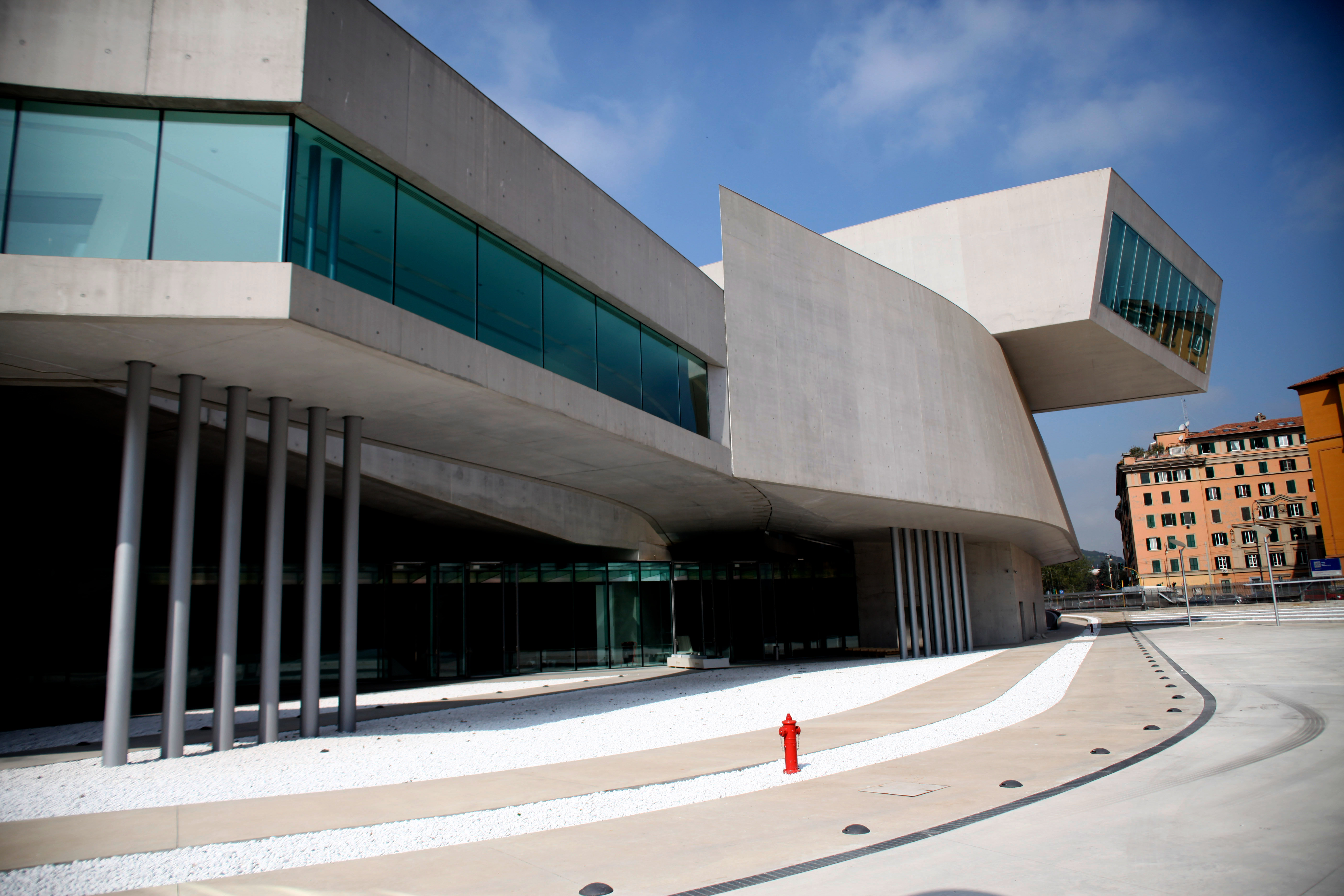
MAXXI, Italy. MAXXI, the National Museum of Arts of the XXI Century, is a cultural and exhibition campus in Rome, Italy, dedicated to contemporary arts and architecture.
Fondazione MAXXI - Ph. Simone Cecchetti
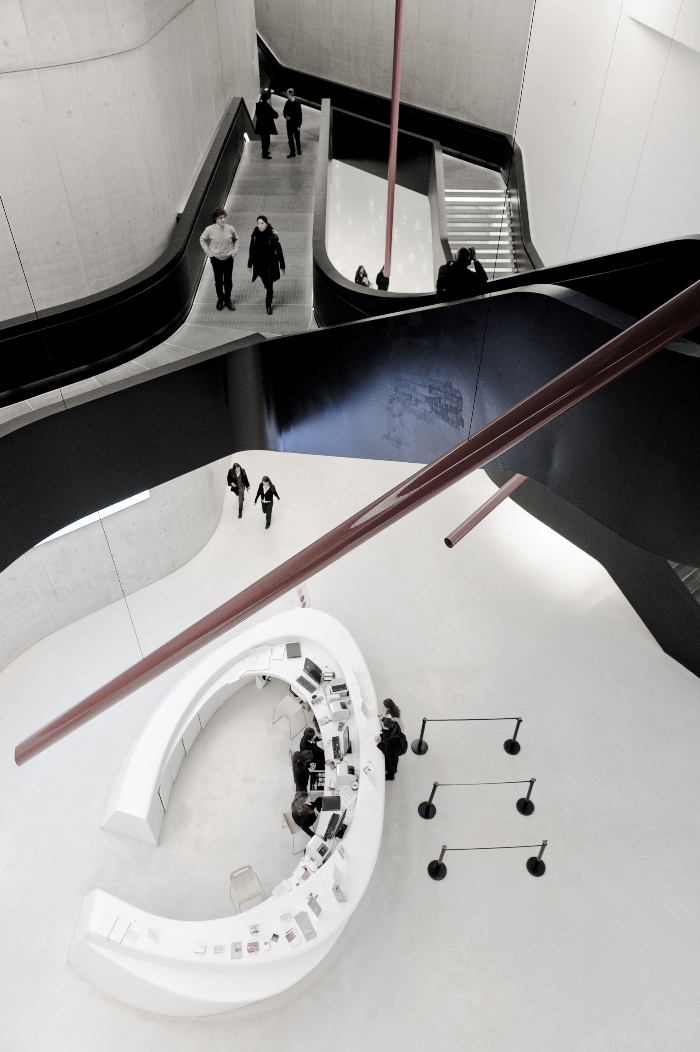
MAXXI, Italy. MAXXI, the National Museum of Arts of the XXI Century, is a cultural and exhibition campus in Rome, Italy, dedicated to contemporary arts and architecture.
Fondazione MAXXI Ph. Armando Corsi
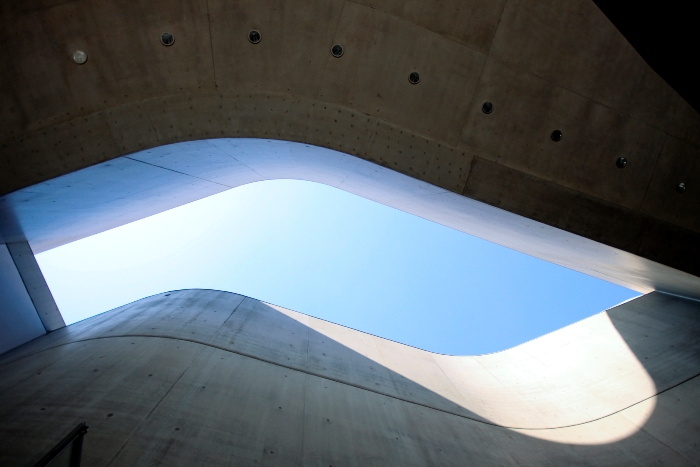
MAXXI, Italy. MAXXI, the National Museum of Arts of the XXI Century, is a cultural and exhibition campus in Rome, Italy, dedicated to contemporary arts and architecture.
Fondazione MAXXI Ph. Simone Cecchetti
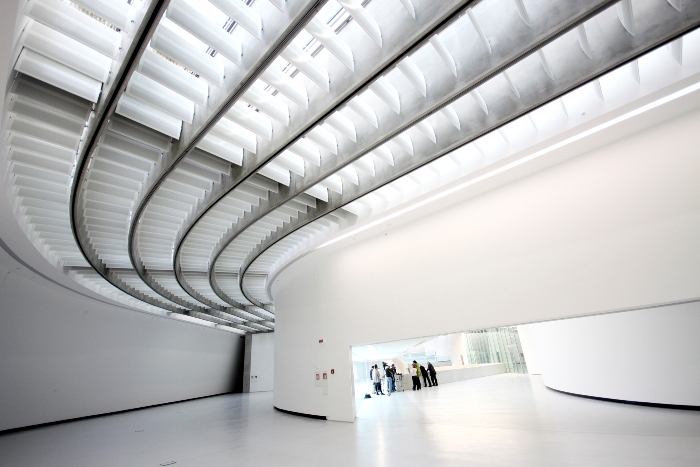
MAXXI, Italy. MAXXI, the National Museum of Arts of the XXI Century, is a cultural and exhibition campus in Rome, Italy, dedicated to contemporary arts and architecture.
Fondazione MAXXI Ph. Simone Cecchetti
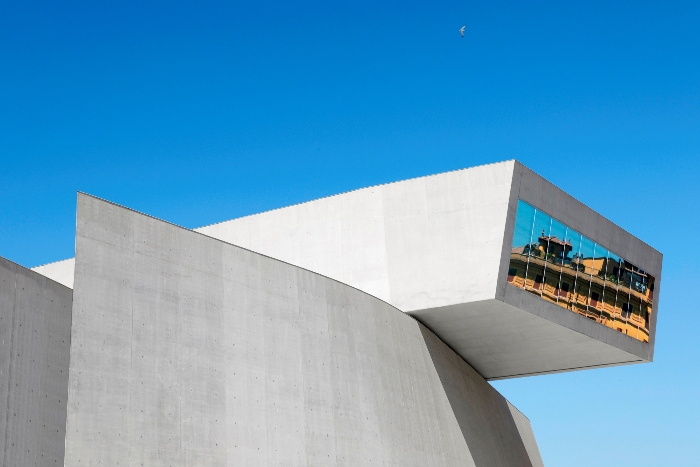
MAXXI, Italy. MAXXI, the National Museum of Arts of the XXI Century, is a cultural and exhibition campus in Rome, Italy, dedicated to contemporary arts and architecture.
Fondazione MAXXI Ph. BTouillon

MAXXI, Italy. MAXXI, the National Museum of Arts of the XXI Century, is a cultural and exhibition campus in Rome, Italy, dedicated to contemporary arts and architecture.
Fondazione MAXXI Ph. Simone Cecchetti

MAXXI, Italy. MAXXI, the National Museum of Arts of the XXI Century, is a cultural and exhibition campus in Rome, Italy, dedicated to contemporary arts and architecture.
Fondazione MAXXI - Ph. Simone Cecchetti

MAXXI, Italy. MAXXI, the National Museum of Arts of the XXI Century, is a cultural and exhibition campus in Rome, Italy, dedicated to contemporary arts and architecture.
Fondazione MAXXI Ph. Armando Corsi

MAXXI, Italy. MAXXI, the National Museum of Arts of the XXI Century, is a cultural and exhibition campus in Rome, Italy, dedicated to contemporary arts and architecture.
Fondazione MAXXI Ph. Simone Cecchetti

MAXXI, Italy. MAXXI, the National Museum of Arts of the XXI Century, is a cultural and exhibition campus in Rome, Italy, dedicated to contemporary arts and architecture.
Fondazione MAXXI Ph. Simone Cecchetti

MAXXI, Italy. MAXXI, the National Museum of Arts of the XXI Century, is a cultural and exhibition campus in Rome, Italy, dedicated to contemporary arts and architecture.
Fondazione MAXXI Ph. BTouillon
